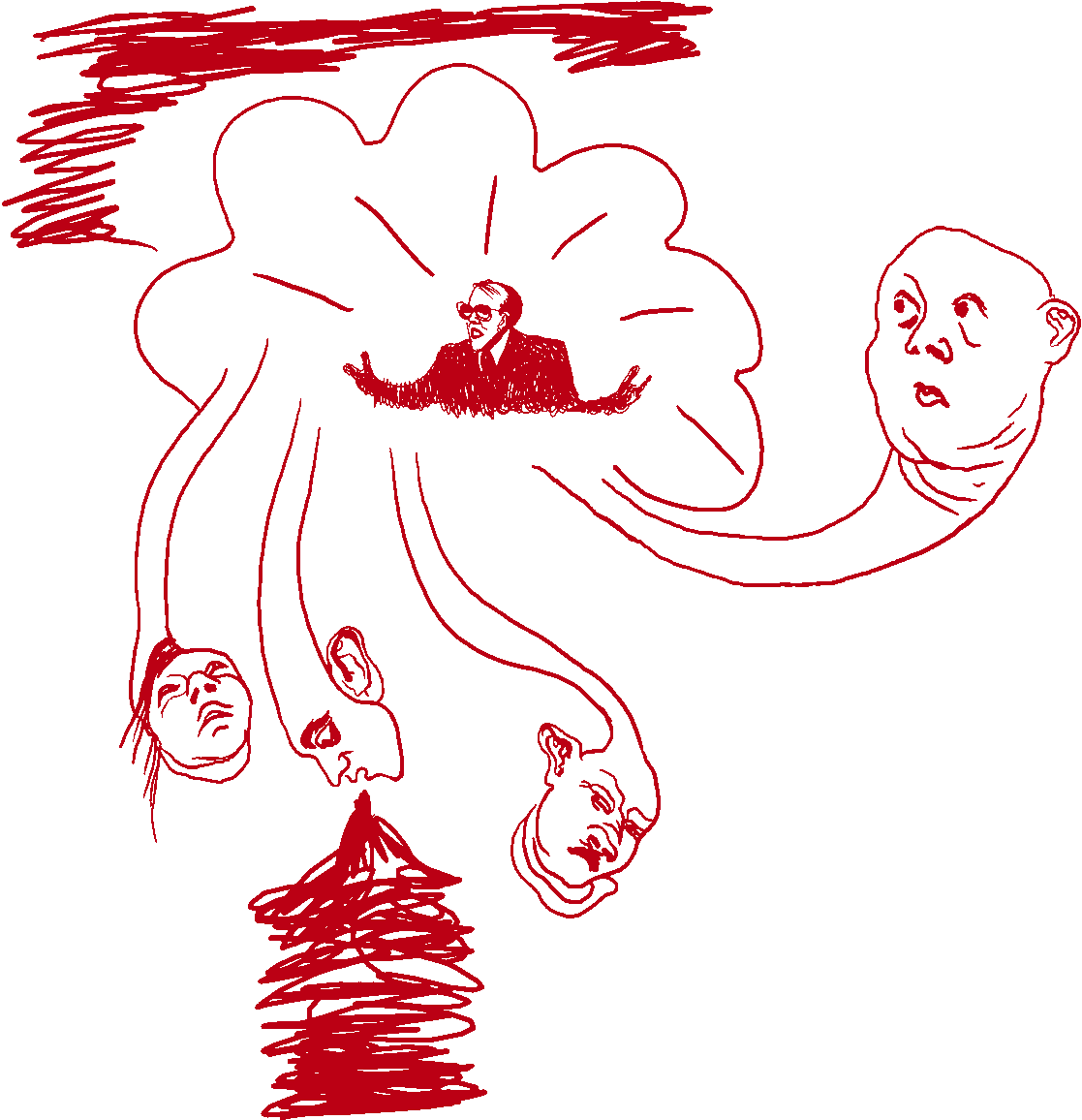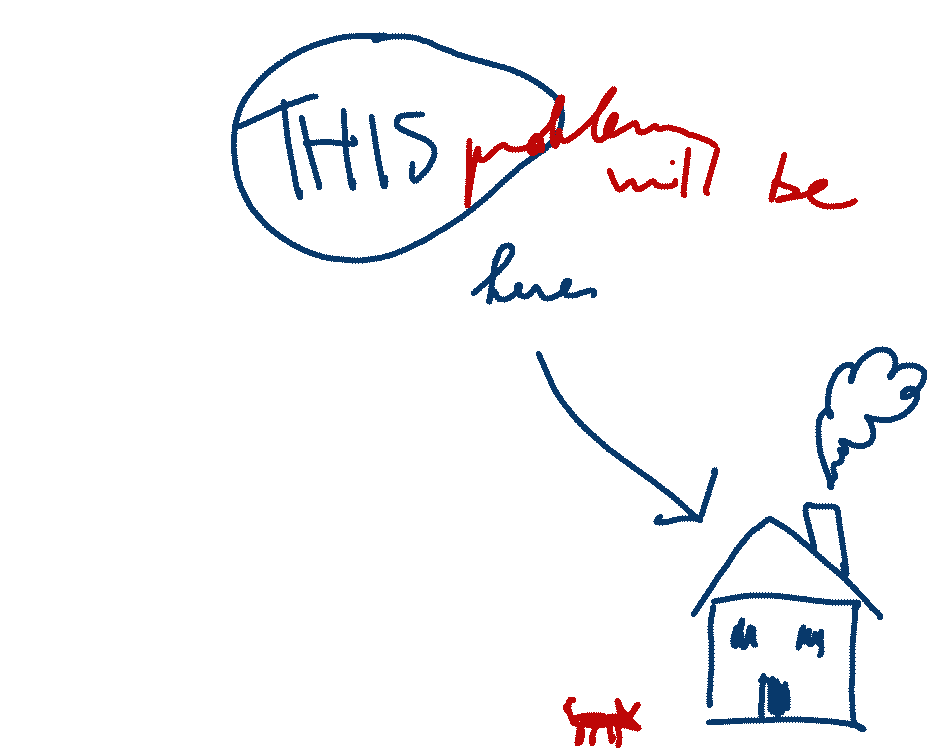Share


1 of 12
Ukraine achieved independence shortly before the collapse of the Soviet Union in 1991.Europe's second largest country, it boasts sweeping and fertile agricultural plains as well areas of heavy industry. AFP/Getty Images
During Soviet rule a famine hit Ukraine that killed up to 7 million people between 1932 and 1933, according to the CIA World Factbook. Known as 'Holodomor', meaning 'death by hunger', it is widely held that the famine was a direct consequence of the Soviet policy of forced collectivization of farms. AFP/Getty Images
Ukraine suffered the world's worst nuclear power plant accident in 1986 when a reactor at the Chernobyl power station exploded. A United Nations report from 2005 estimates that 200,000 people have been severely affected by the disaster, including up to 4,000 deaths. Recently the site has become a tourist attraction. AFP/Getty Images
In December 1991 a nationwide referendum was held. 90% of Ukrainian citizens voted for independence from the Soviet Union. AFP/Getty Images
Following independence the Ukrainian government liberalized consumer prices and created a legal framework for privatization. However far-reaching opposition to reform within the government soon stalled many of these efforts. By 1999 output had fallen to less than 40% of the 1991 level, according to WTO statistics. AFP/Getty Images
A peaceful, mass protest known as the Orange Revolution broke out in 2004 after questions were raised about the recent presidential election. It led to the result being overturned and in the subsequent internationally-monitored election, Viktor Yushchenko was declared the winner. In 2010 Viktor Yanukovych - Yushchenko's rival in 2004 - was elected president. AFP/Getty Images
Ukraine enjoyed strong economic growth until 2008. GDP grew at over 7% between 2006-2007, stimulated by high global prices of steel -- Ukraine's main industrial export—and a rise in domestic consumption. AFP/Getty Images
However high foreign borrowing and a downturn in the price of steel significantly lowered growth in 2008 and the economy contracted more than 14% in 2009 when the global economic crisis took hold. AFP/Getty Images
Translated 'Ukraine' means 'the land'. It has four UNESCO World Heritage sites, including Saint Sophia Cathedral in Kiev, built in the 11th century to symbolize the 'new Constantinople'. AFP/Getty Images
Ukrainian cuisine is known for its simplicity. Bread is a main part of the national diet and the country has been known as the 'breadbasket of Europe'. Pictured: Former Russian president Medvedev receieves a tradtional greeting arriving in Ukraine in 2010. AFP/Getty Images
Ukraine was the co-host of Euro 2012, the largest international sporting event to take place in the country. Pictured: Andriy Shevchenko of Ukraine reacts to scoring the team's second goal during the Group D match against Sweden in Kiev, Ukraine, on Monday, June 11. Getty Images
Before the tournament began many of Europe's leaders said they would not attend the competition in protest at the imprisonment and treatment of Yulia Tymoshenko, former prime minister and political rival of president Yanukovych. Her daughter (left) and supporters continue to campaign for her release. AFP/Getty Images



















